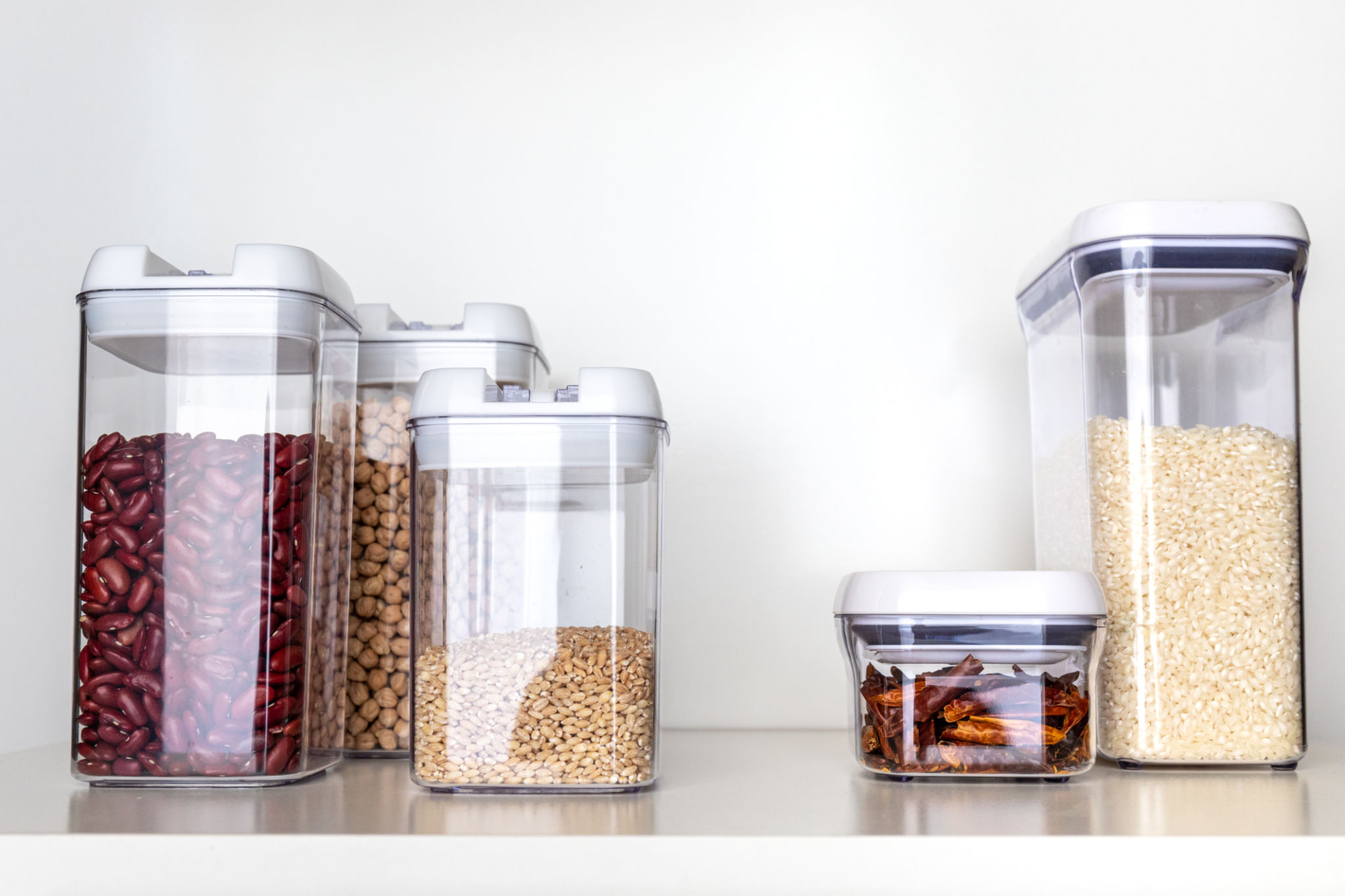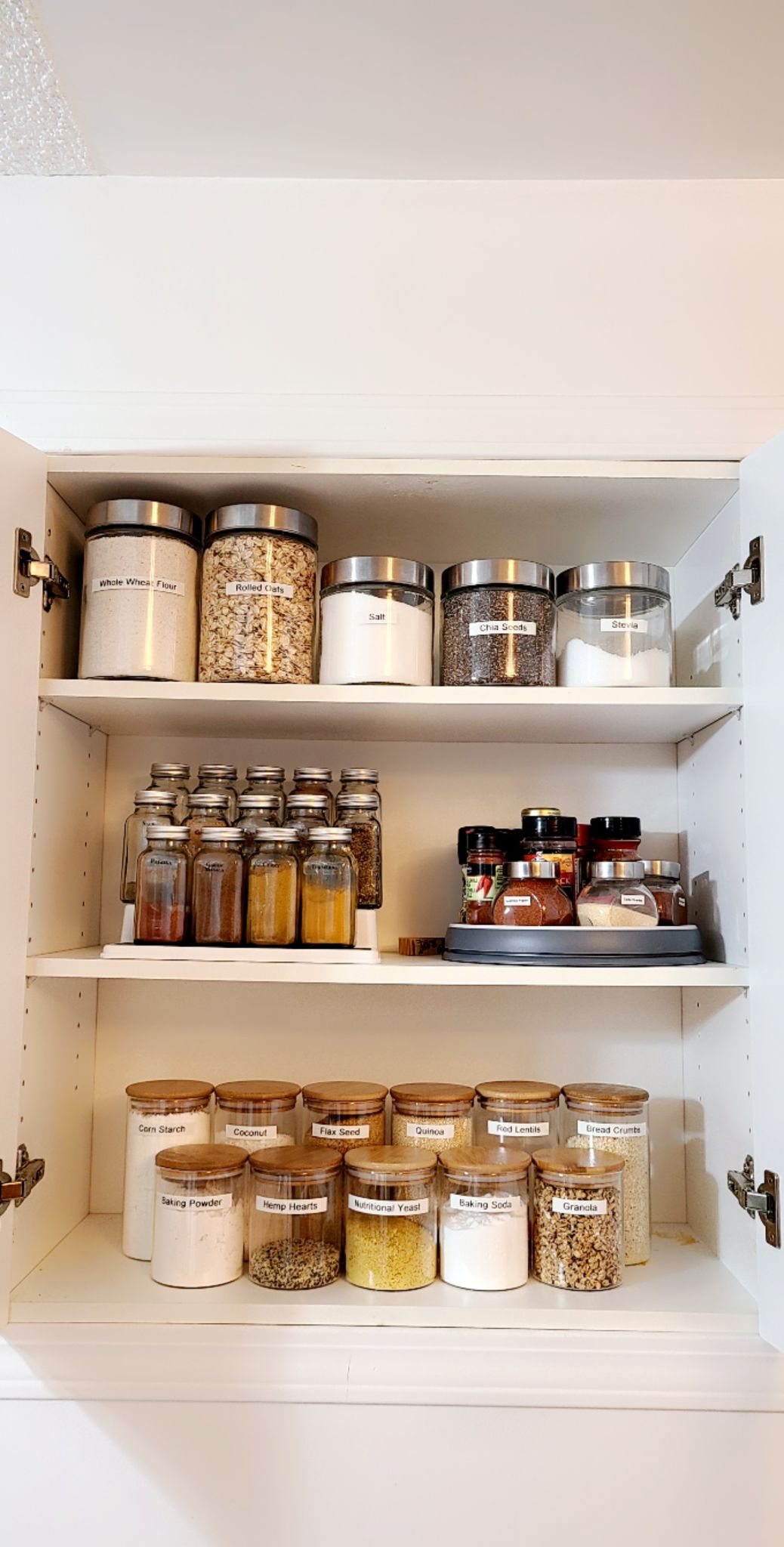How to Store Mimosa Hostilis Properly for Long-Term Use
Understanding Mimosa Hostilis
Mimosa Hostilis, scientifically known as Mimosa tenuiflora, is a perennial tree native to regions in Brazil and Mexico. Its bark is highly valued for its traditional uses and contains several beneficial compounds. However, to maximize its potency and longevity, proper storage is crucial. By following a few simple guidelines, you can preserve the quality of Mimosa Hostilis for long-term use.

Choosing the Right Storage Conditions
The first step in storing Mimosa Hostilis effectively is to consider the environment in which it will be kept. **Temperature, humidity, and light exposure** can all impact the integrity of the plant material. Ideally, keep it in a **cool, dry, and dark place** to prevent degradation. Avoid places with fluctuating temperatures or high humidity, such as kitchens and bathrooms.
Using a storage area like a pantry or closet ensures that the bark remains untouched by sunlight and maintains a stable temperature. Consistency in these conditions is key to preserving the plant's natural properties.
Packing Methods for Longevity
When it comes to packing Mimosa Hostilis, the choice of container can significantly affect its longevity. Airtight containers such as glass jars or vacuum-sealed bags are ideal. These options protect the bark from moisture and air exposure, which can lead to mold growth and loss of potency.

**Avoid using plastic bags** or containers that might introduce unwanted chemicals. If using glass jars, consider adding a desiccant packet to absorb any residual moisture inside the container.
Labeling and Rotation
Keeping track of your stored Mimosa Hostilis is easier with proper labeling. Mark each container with the date of storage and any other relevant details. This practice ensures you use older stock first, maintaining a fresh supply.
Implementing a **rotation system** helps in consuming your stored bark efficiently. By using the oldest stock first, you prevent any batch from sitting unused for too long.

Monitoring and Maintenance
Regularly check your storage conditions to ensure they remain optimal. Look out for any signs of mold or degradation, such as a change in color or odor. If any issues arise, address them immediately by relocating the stock or improving the storage environment.
Maintaining proper hygiene around your storage area also prevents contamination and preserves the quality of your Mimosa Hostilis over extended periods.
Conclusion
By following these guidelines, you can effectively store Mimosa Hostilis for long-term use while preserving its natural properties. Remember that **consistent environmental conditions**, proper packaging, labeling, and routine monitoring are essential practices. These measures not only extend the life of your supply but also ensure that you enjoy the full benefits of this remarkable plant whenever you need it.